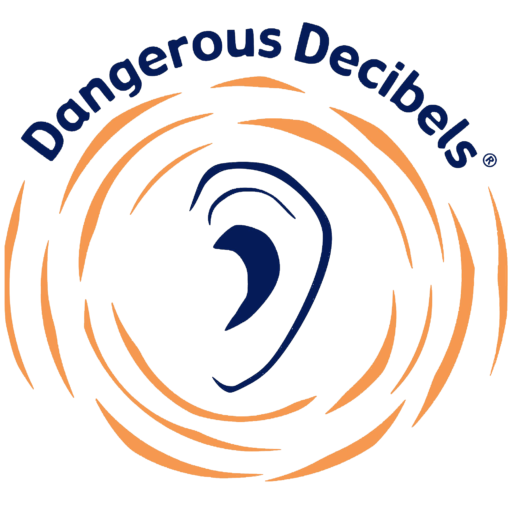The Dangerous Decibels® Program
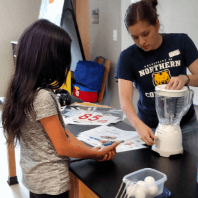
The Dangerous Decibels® Program, a highly interactive classroom presentation, was developed to address the public lack of awareness and concern regarding hazardous sound exposures and the risk of noise-induced hearing loss and tinnitus and is based upon health communication science. The program is evidence-based and outcomes are published in peer-reviewed scientific journals. YOU can become a Dangerous Decibels Educator and deliver the Dangerous Decibels Program to youth!
The Dangerous Decibels Classroom Program is delivered to youth by trained and certified Dangerous Decibels Educators.
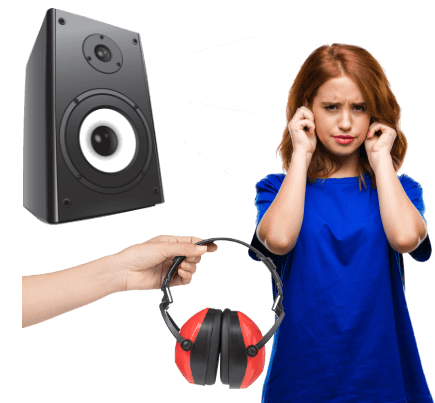
Three Underlying Educational Messages
The Dangerous Decibels® Classroom Program was developed using three fundamental educational messages.
- What are sources of dangerous sounds?
- What are consequences of exposure to dangerous sounds?
- How do I protect myself from dangerous sounds?
Dangerous Decibels® Program Design
- 50 minutes in length
- Consists of modules with 10 activities
- Highly interactive
- Has a maximum of 30 participants per session
- Delivered by a trained educator (YOU)
- Founded upon Health Communication Science
Trained Dangerous Decibels® Educators
This Online Dangerous Decibels Educator Training has been developed so that high school students and adults/teachers can be trained and equipped to deliver the 50-minute Dangerous Decibels Program to youth. We have successfully trained over 500 adult and high school student educators in the U.S. and globally through in-person 2-day workshops. These workshops have been transformed into a condensed online format and adapted for ease of learning. Satisfactorily completing the Online Dangerous Decibels Educator® Training modules will enable YOU to become a certified Dangerous Decibels® Educator.
The goal of the Online Dangerous Decibels® Educator Training curriculum is to provide a strong academic foundation in the science of sound and hearing to increase a student’s knowledge and understanding of the physical properties of sound that can be directly applied to science, technology, engineering, math (STEM) and public health concepts (promotion of hearing health). The Online Dangerous Decibels® Educator Training does not assume any prior knowledge of these concepts.
We hope that upon completion, YOU will not only change your own knowledge, attitudes, beliefs and behaviors regarding healthy hearing, but will join forces with us to make an impact on the millions of individuals at risk of noise-induced hearing loss by delivering the program to youth in your local schools and communities.
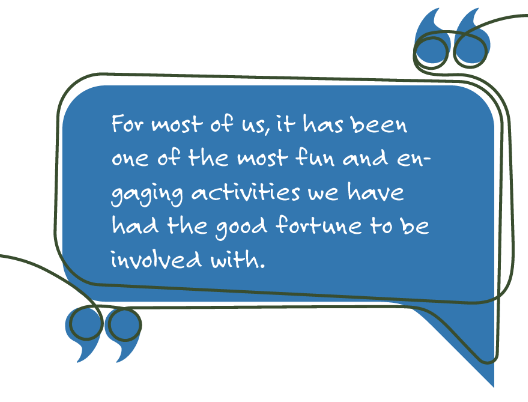
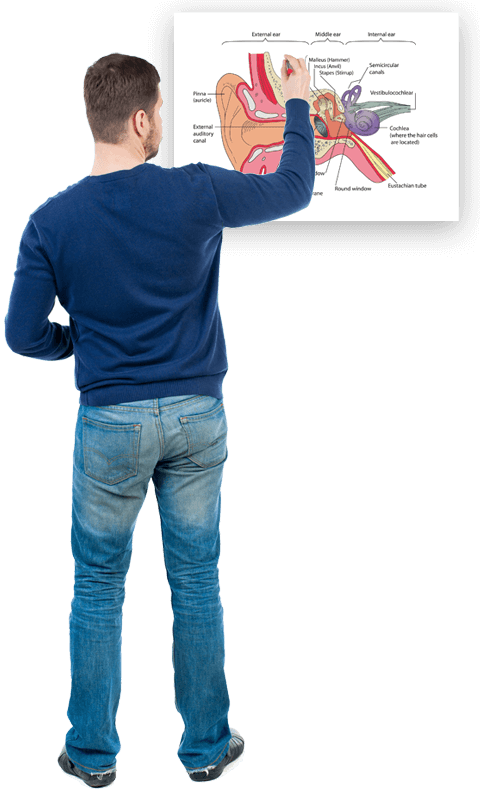
Why Learn to Deliver the Dangerous Decibels® Program?
Safe-in-Sound: Innovation in Hearing Loss Prevention Award
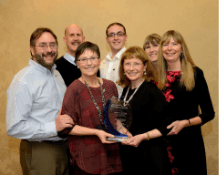
With your interest and investment in becoming a Dangerous Decibels® Educator, we can change the culture of hearing loss prevention across all ages and invest in the hearing health of individuals for the future.

Funding Acknowledgement
Research reported in this publication was supported by the National Institute Of General Medical Sciences of the National Institutes of Health under Award Number R44GM130224. The content is solely the responsibility of the authors and does not necessarily represent the official views of the National Institutes of Health.
